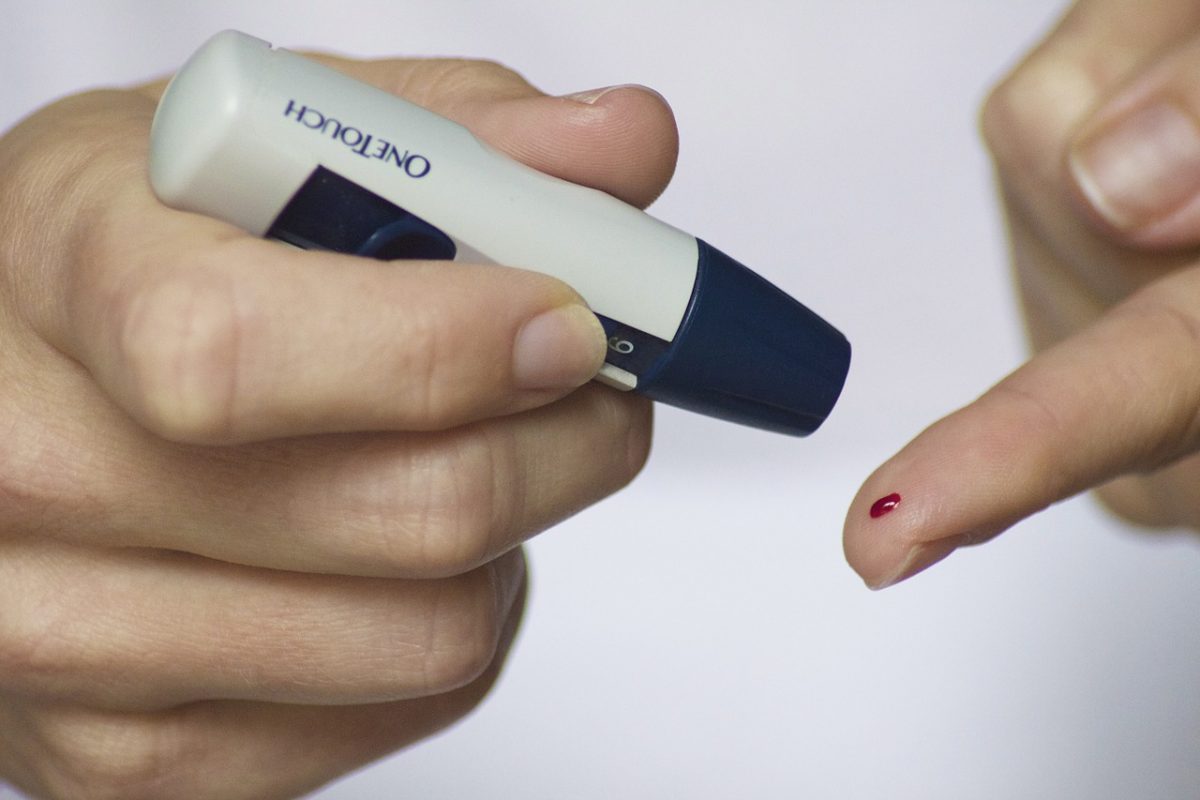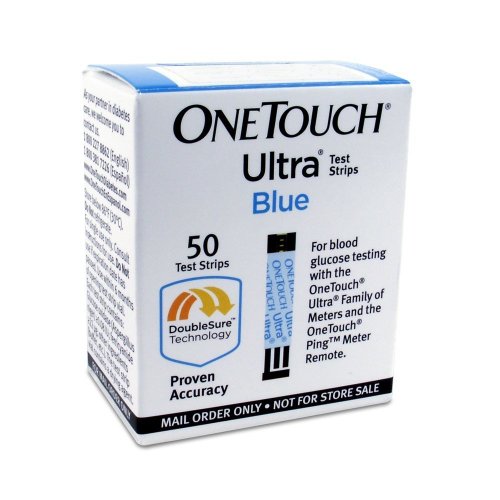You’ll have many questions if you’re diagnosed with diabetes. Unfortunately, you’ll typically think of them only when you return home. A diabetes diagnosis usually comes as a shock to most people and it will be overwhelming at first. Your life will change in significant ways and you’ll be faced with learning a multitude of new information. The following are questions you should definitely ask your physician about diabetes.
- What type of diabetes do I have?
- What should my glucose levels be?
- How will I monitor my glucose levels and how often?
- What are the symptoms and warning signs of glucose levels that are too high?
- What are the symptoms and warning signs of glucose levels that are too low and what should I do?
- What lifestyle and diet changes should I make?
- How do we know which insulin or medications are right for me?
- What are the side effects of my medications?
- What effects and complications will diabetes have on my body and what can I do to avoid them?
- How often will I need to see the doctor and what tests will I need to have?
- Are there foods I can’t eat at all anymore?
- Do I need to lose weight?
- Will I ever be able to stop treatment for diabetes?
During the first year of treatment after a diabetes diagnosis, you’ll be dealing with new medications and they may have side effects. It’s important that you speak with your doctor and make him/her aware of what you’re experiencing. Symptoms may be innocuous or the signs of a problem.
Talk with family members and let them know what you’re going through. The help and support of family members will go a long way toward helping you manage the disease and remaining positive. Remember that mental health is an important element of managing diabetes. Don’t feel self-conscious about your diagnosis and the steps you have to take to monitor and manage the condition. Self-care is critical.
If you would like to find out about earning cash for your unwanted, unused and boxed test strips, complete our online quote form today.
If you have extra, unopened and unused boxes of diabetic test strips – whether you have switched brands, no longer need to test or test less frequently, or have a loved one who has passed away – don’t let them gather dust until they’ve expired and end up in the trash. We’re the best place to sell diabetic test strips online, and if you want to sell your test strips, we’re here to make the process easy and enjoyable!
Visit us at Sell Your Test Strips and get your free quote today!
Like us on Facebook










